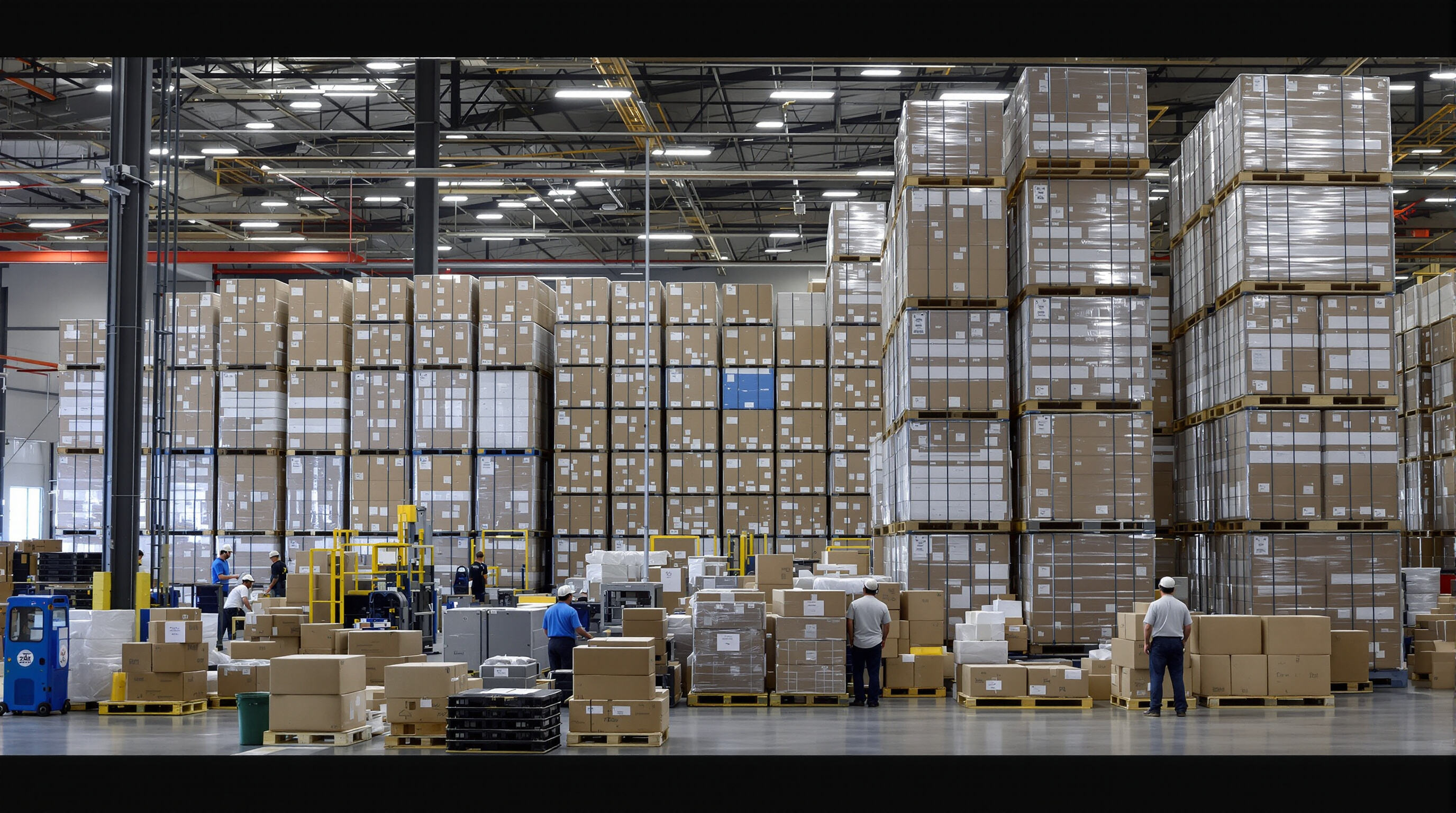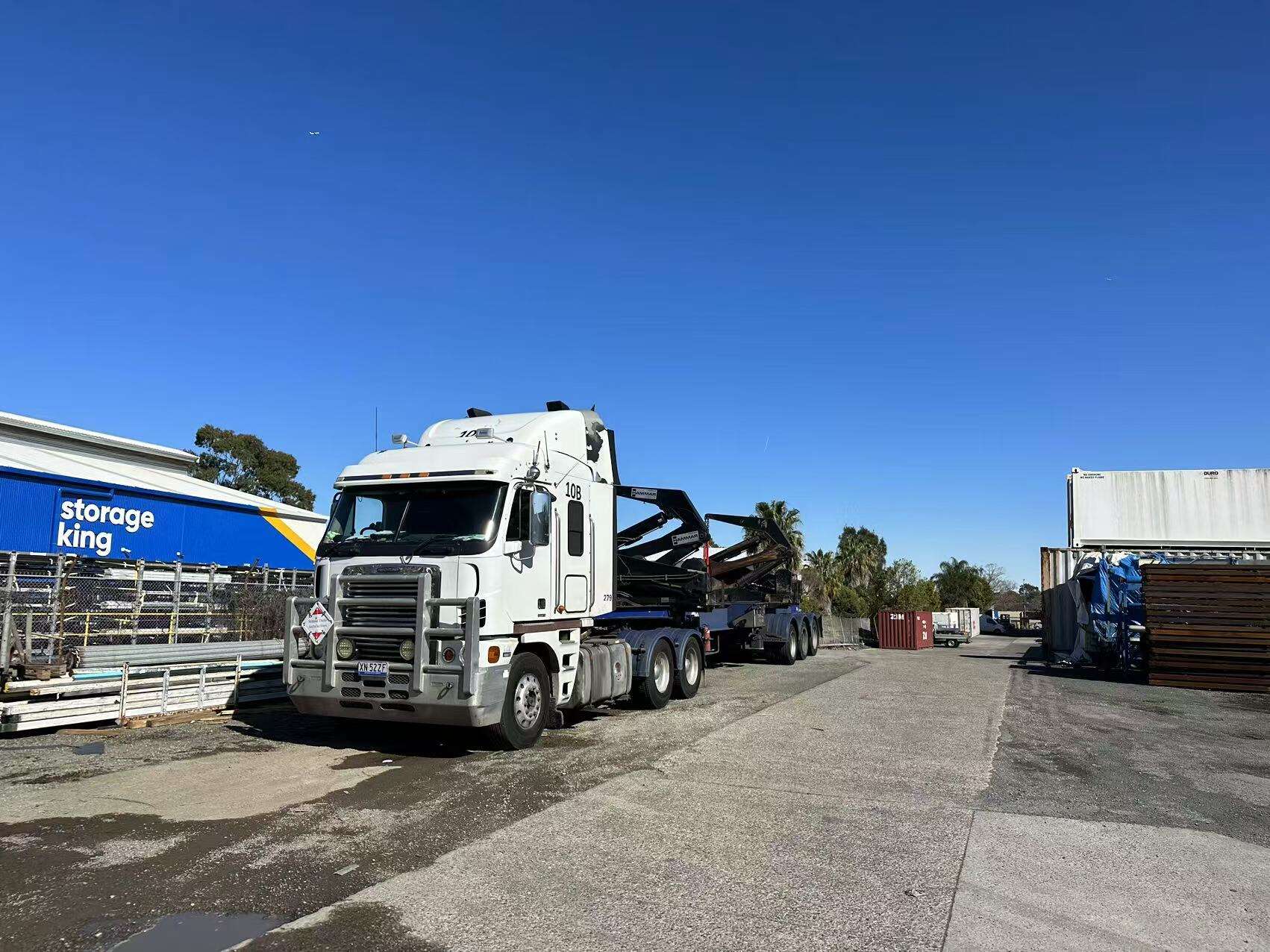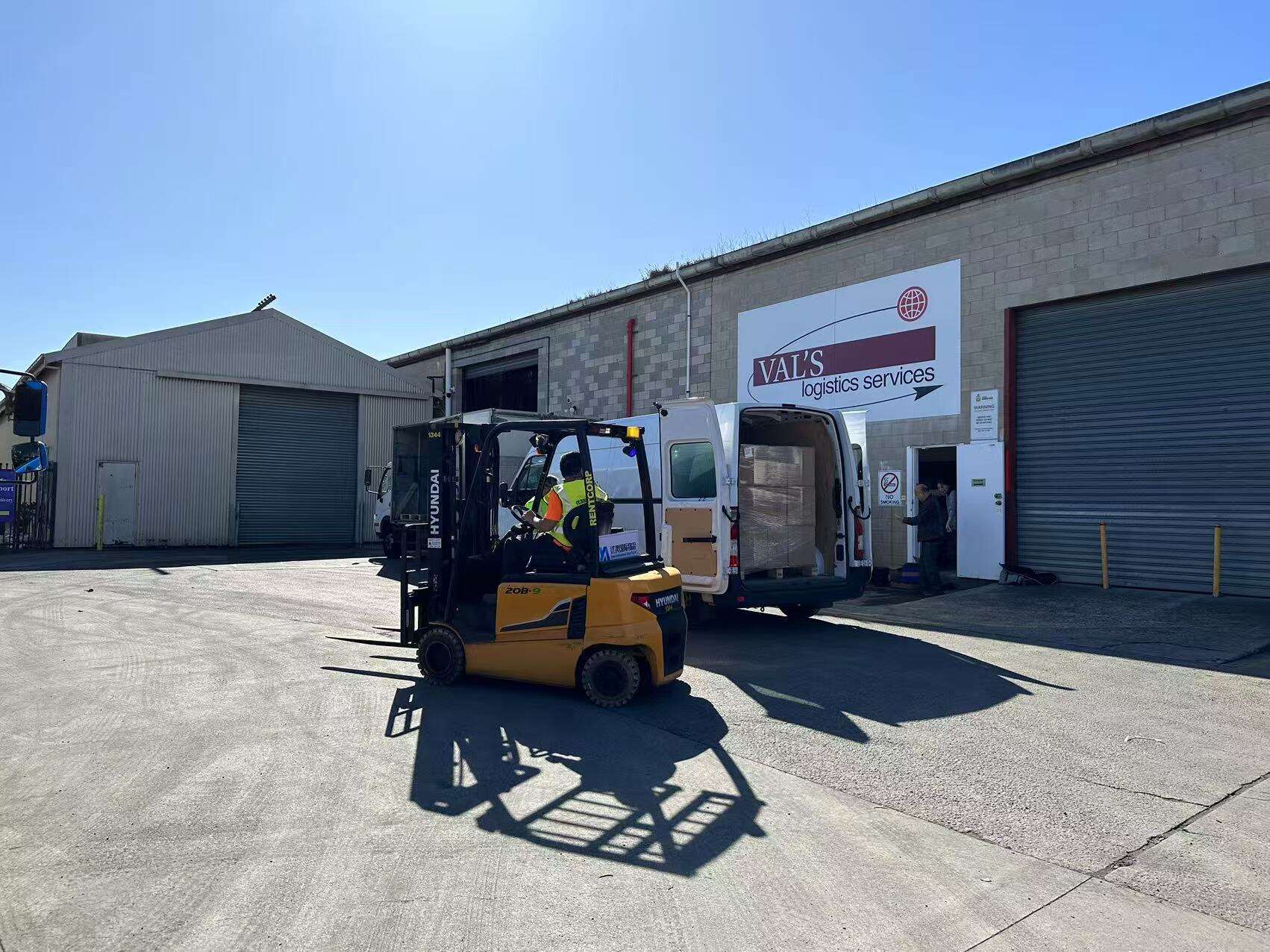Core Differences Between Air and Sea Freight
Speed and Transit Time: Air vs. Sea
When it comes to shipping goods across borders, air freight blows sea transport out of the water speed wise. We're talking anywhere from 12 to 30 times quicker, so most international packages show up at their destination within just 1 to 4 days. Sea freight on the other hand takes forever by comparison. Major routes usually take between 20 and 60 days because ports get backed up and ships just don't move as fast as planes do. The difference in speed matters a lot for certain businesses. Take the pharmaceutical industry for example. Some medicines need to arrive within 48 hours or they lose effectiveness completely. That's why companies dealing with sensitive products often rely heavily on air transport despite the higher costs involved.
Cost Per Kilogram: Evaluating Air and Sea Pricing
Air freight costs average $4.50–$8.00 per kilogram—5 to 10 times higher than sea freight’s $0.30–$1.50 per kilogram. However, sea shipping’s cost advantage diminishes for shipments under 500 kg due to minimum container charges. Businesses moving more than 10 tons of non-perishable goods typically achieve 60–80% savings using sea freight.
Cargo Capacity and Scalability Compared
| Factor | Air Freight | Sea Freight |
|---|---|---|
| Maximum Weight | 100–1,000kg | 10–30 tons (FCL) |
| Oversized Cargo | Restricted | Machinery-friendly |
| Scalability | Limited plane space | Multiple containers |
Sea freight handles 98% of global non-bulk cargo by volume, while air manages just 0.5% despite carrying higher-value goods.
Environmental Impact and Carbon Footprint of Air and Sea Transport
Air freight generates approximately 500g of CO₂ per ton-kilometer—12 to 50 times more than sea freight’s 10–40g. Advances in maritime sustainability, such as LNG-powered vessels, have reduced emissions by 25% (IMO 2023). Meanwhile, sustainable aviation fuels remain cost-prohibitive at $1,200 per ton compared to $700 for conventional jet fuel, limiting widespread adoption.
When to Choose Air Freight for Your Shipment
Time-Sensitive Deliveries and the Speed Advantage of Air Freight
When it comes to getting things delivered fast, air freight really stands out. About 87 percent of time-sensitive packages make it within just three workdays, compared to around 28 days for shipping by sea according to Logistics Intelligence from last year. For products that go bad quickly or need timely arrival like medicines and clothing collections, this difference matters a lot. A delay could mean spoiled food or missed opportunities in stores. What's especially important for vaccines? The temperature control during flight keeps them effective at nearly 99.8%. Ocean transport brings all sorts of problems with changing temperatures and moisture levels that nobody wants when dealing with something so sensitive.
Shipping High-Value Goods: Security and Reliability of Air Transport
For high value items like electronics and luxury goods, air freight really shines when it comes to handling. These shipments typically go through about three times fewer transfers compared to sea transport, which cuts down on damage risks quite a bit actually around 41 percent according to Supply Chain Quarterly last year. The airports themselves have pretty good security measures too, with tracking systems that work in real time. This kind of setup helps protect products that can be worth as much as $250 per kilogram sometimes even more. Looking at insurance data shows another advantage: theft related claims drop by roughly 90 percent when goods travel via airplane. Sure, flying stuff costs more money upfront, but many businesses find that extra expense worthwhile given how much safer their valuable inventory stays during transit.
Case Study: Electronics Manufacturer Reduces Lead Times with Air Freight
One electronics firm managed to slash component delivery times dramatically, going from 35 days at sea down to just 72 hours via air transport. This change meant they could assemble their top products within the same week now. Inventory costs dropped around $1.2 million each year after making this switch, while getting new products to market became much faster too, about 60% quicker actually. With shipping schedules becoming so reliable, the company was able to cut back on extra stock they kept just in case something went wrong. They reduced their safety stock levels by roughly 40% without any hiccups in manufacturing operations.
E-Commerce Trends Driving Demand for Faster Air Delivery
About 68 percent of people shopping online these days want their stuff delivered within three days at most. That's why many retailers spend roughly 30 to 40% of what they budget for shipping on air freight just to get those important products out there faster. When it comes to selling stuff across borders, airlines really carry the load. Around 92% of all small packages weighing less than two kilograms fly across countries in cargo planes so companies can stick to their delivery promises. Most businesses have started mixing things up though. They still ship large quantities by sea because it costs less money overall, but when customers order something special that needs to arrive quickly, those items definitely go by plane instead.
When to Opt for Sea Freight in Your Logistics Plan
Bulk Cargo and Cost Efficiency of Sea Freight
For shipping anything heavier than around 1000kg, sea freight beats everything else when it comes to price. The cost per kilo drops somewhere between 60 and 80 percent compared to sending stuff by plane. Think about it this way: one big container ship could haul what would take 300 Boeing 747 freighters to move. That's why companies still rely on ships for things like raw materials, bulk goods, and products that don't need refrigeration. And there's another benefit too. Container ships produce roughly ten times less carbon dioxide per ton mile than planes do. As businesses get more serious about reducing their environmental footprint, ocean transport remains an obvious choice despite slower delivery times.
Transporting Heavy or Oversized Machinery via Sea
When it comes to moving really big industrial gear over 100 tons, ocean shipping is pretty much the only game in town since planes just can't handle those weights. The industry has developed some special container solutions though. Think about flat rack containers or those open top ones that let workers access machinery from above. These setups work great for things like massive turbines, heavy construction vehicles, and all sorts of factory parts that need careful handling during transit. Ports built specifically for this kind of cargo make the whole process much smoother compared to airports where weight limits are strict and there's simply not enough room to maneuver these huge loads around.
Case Study: Automotive Parts Exporter Cuts Costs with Sea Freight
One European company cut their logistics expenses down by around 42 percent when they moved most of their cargo from planes to ships. They started packing parts together in containers once a week and worked out better timing at the ports. Even though it took about 35 days for goods to reach factories in Asia, they still managed to deliver on time about 97 out of every 100 shipments. The money saved from this switch allowed them to invest in automated systems for their warehouses. This shows how switching to maritime transport can actually save money over time for businesses willing to make the change.
Supply Chain Implications of Air vs. Sea Freight Decisions

How Transit Times Affect Inventory Holding Costs
The extended delivery window for sea freight, typically 3 to 6 weeks, means companies need to keep around 25 to 40 percent more stock on hand compared to air shipments that arrive within 3 to 7 days. Logistics research from last year indicates this situation raises working capital demands somewhere between 18 and 34 percent. Air transport definitely cuts down on those annoying stockout situations and lowers the need for extra safety stock, but comes at a price. The shipping costs are significantly higher, so businesses really need to look closely at how fast their inventory actually turns over before making the switch.
Port Congestion vs. Airport Efficiency in Global Logistics
In 2023, 30% of sea freight shipments faced delays of eight or more days due to port congestion, compared to less than 5% for air cargo at major hubs. However, limited airport slots during peak seasons can constrain air freight capacity, requiring strategic planning for both modes.
Impact on Just-in-Time Manufacturing and Production Scheduling
Automakers using air freight achieve a 99.1% on-time parts delivery rate, crucial for just-in-time manufacturing, versus 82% with sea transport. Yet the cost difference—$4.50/kg by air versus $0.50/kg by sea—necessitates a strategic split: high-priority components move by air, while lower-value, non-urgent parts travel by sea.
Is Air Freight Worth the Premium? Analyzing Reliability vs. Cost
For high-margin sectors like electronics and pharmaceuticals, air freight’s 98.7% reliability justifies its 5–7 times higher cost. For bulk commodities such as steel, where a one- to two-week delay impacts costs by only 2–3%, sea freight’s pricing structure delivers better value.
Key Decision Factors for Selecting Air or Sea Freight
Shipment Weight and Volume Thresholds That Determine Feasibility
The size of cargo plays a big role in deciding which transport method to use. Once packages get over around 500 kilograms, air freight starts costing an arm and a leg, usually somewhere between four fifty to six bucks per kilo. For bigger shipments, ocean shipping is way cheaper, cutting costs by roughly sixty to eighty percent for full containers, especially anything taking up more than two cubic meters of space. A recent look at shipping trends showed that most companies switch modes based on weight limits, typically somewhere between 250 and 500 kg. Makes sense really, since nobody wants to pay sky high prices just because they're moving extra stuff.
Destination Reach and Infrastructure Limitations of Air and Sea Ports
Airports around the world reach more than 1,300 different cities, yet seaports actually manage about 90 percent of all international trade routes, which is especially important for countries without direct access to oceans. Take Africa as an example where roughly 40% of businesses struggle with limited space on airplanes when shipping goods during busy periods, so they turn to ships instead. The port city of Rotterdam alone moves approximately 14 million shipping containers every year. That's way more than what most major airport cargo facilities can handle at their peak times, maybe even twelve times as much in some cases.
Regulatory Compliance and Customs Clearance Across Modes
When it comes to air shipping, packages get subjected to much tighter security checks according to TSA and IATA rules, which can tack on anywhere between 8 to almost a full day of extra processing time. However, there's a silver lining here since many airlines offer fast track customs clearance options across more than seventy different countries worldwide. On the other hand, sea freight presents different challenges altogether. About a quarter of all industrial goods shipped by ocean need special hazardous material paperwork before they even leave port. And then once they arrive, containers often sit stuck in customs for three days minimum at busy ports like Los Angeles and Singapore where congestion is a constant headache for logistics managers trying to keep their supply chains moving smoothly.
Fuel Surcharges and Market Volatility in Air and Sea Pricing
Jet fuel volatility affects air freight rates four times more than bunker fuel impacts maritime pricing. Fuel accounted for 30% of air carriers’ operating costs in 2023, compared to 12% for shipping lines. During the 2022 energy crisis, air surcharges rose 22% quarterly, while maritime increases were limited to 9%.
FAQ
What are the core differences between air and sea freight?
Air freight is significantly faster than sea freight, offering delivery within 1 to 4 days compared to 20 to 60 days for sea transport on major routes. However, air freight is more expensive and generally limited in capacity compared to sea freight.
What should businesses consider when choosing between air and sea freight?
Businesses should consider factors like speed, cost per kilogram, cargo capacity, the environmental impact, and their specific logistics needs, such as the sensitivity and value of the items being shipped, when choosing between air and sea freight.
Why might a company opt for air freight despite higher costs?
Companies might choose air freight for time-sensitive deliveries, security and reliability in handling high-value goods, or to meet customer demands for fast shipping times, which are particularly relevant in sectors like pharmaceuticals and electronics.
In what scenarios is sea freight more advantageous?
Sea freight is more advantageous for bulk cargo that is not time-sensitive, as it is significantly cheaper than air freight. It is also preferable for transporting heavy or oversized machinery that can't be accommodated by planes due to weight limits.
How do transit times of air and sea freight affect inventory management?
Air freight's shorter transit times can reduce the need for holding excess inventory and minimize stockouts, though at higher shipping costs. In contrast, sea freight requires more inventory on hand due to longer delivery times, affecting working capital requirements.
Table of Contents
- Core Differences Between Air and Sea Freight
- When to Choose Air Freight for Your Shipment
- When to Opt for Sea Freight in Your Logistics Plan
- Supply Chain Implications of Air vs. Sea Freight Decisions
- Key Decision Factors for Selecting Air or Sea Freight
-
FAQ
- What are the core differences between air and sea freight?
- What should businesses consider when choosing between air and sea freight?
- Why might a company opt for air freight despite higher costs?
- In what scenarios is sea freight more advantageous?
- How do transit times of air and sea freight affect inventory management?




